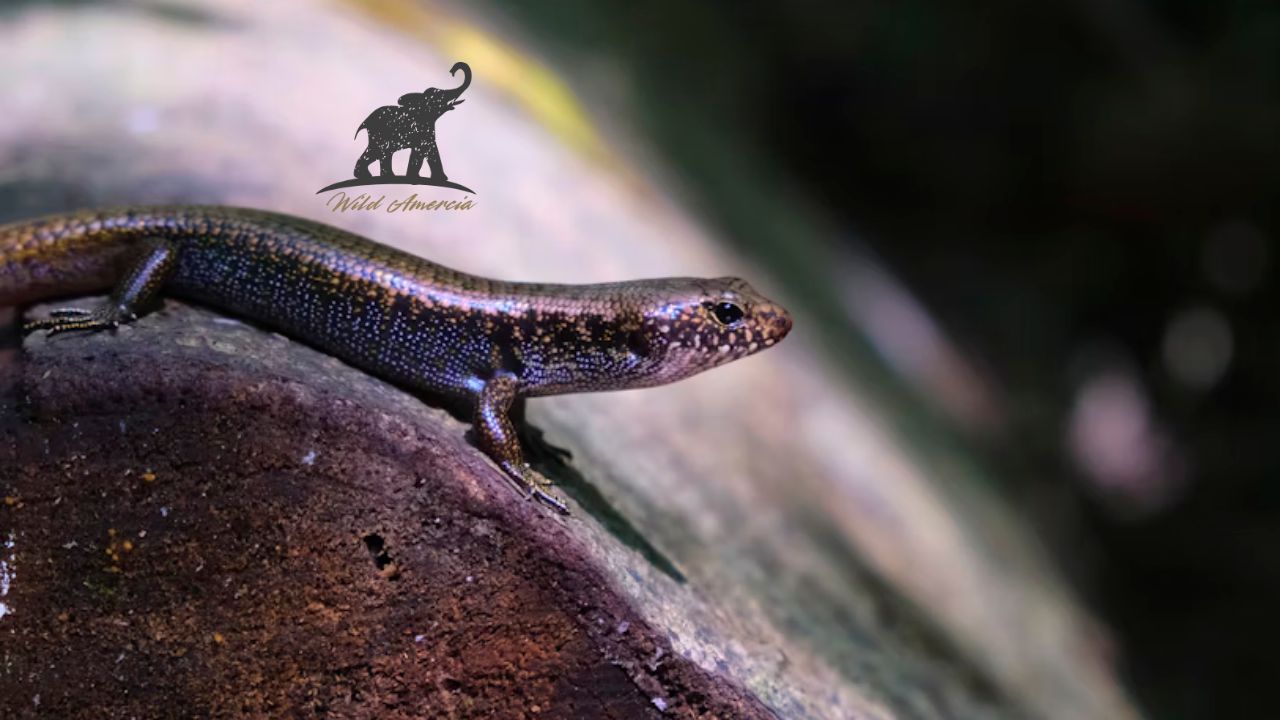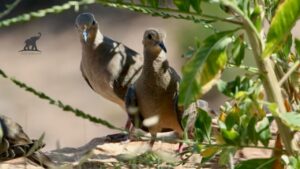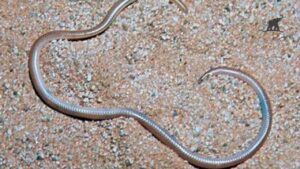Cave salamanders are remarkable creatures that have piqued the interest of naturalists and scientists alike. These enigmatic amphibians demonstrate the staggering variety of life on earth with the distinct adaptations they have developed for living in pitch-black caves. There is a lot to learn about the cave salamander, from their striking physical characteristics to their mysterious behaviors.
Some quick facts
| Characteristic | Details |
| Scientific Name | Eurycea lucifuga (varies by species/subspecies) |
| Habitat | Caves, springs, and rocky streams |
| Diet | Small invertebrates such as insects and worms |
| Notable Traits | Adapted for low-light environments |
| Lifespan | 10–15 years (in the wild) |
| Status | Varies by species (some endangered) |
What Makes Cave Salamanders Special?
Cave salamanders have evolved in remarkable ways to survive in their particular environments, despite their small size and appearance of fragility. They are a testament to nature’s ability to adapt and survive against all odds.
Evolutionary Marvels of the Cave Salamander
The cave salamander is a great illustration of how adaptation is essential to survival. These amphibians have evolved over thousands of years to fit their damp, dim environments.
Why Are Cave Salamanders Blind?
Many salamanders that live in caves are either completely blind or have eyes that are no longer working. This evolutionary change occurred because eyesight became redundant in their pitch-black environment.
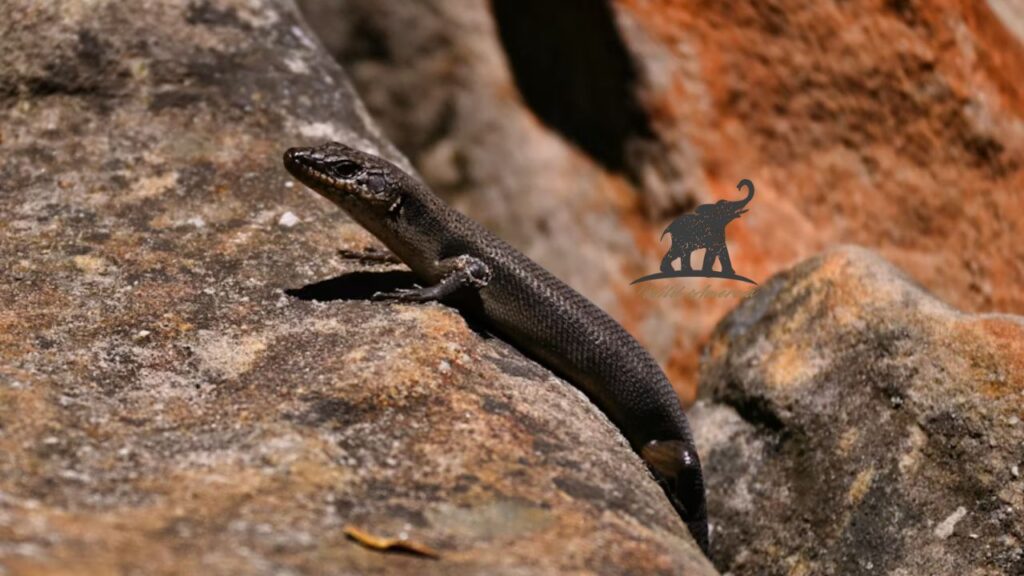
Instead, they developed enhanced touch and smell senses to distinguish between prey and predators.
How Did Cave Salamanders Become Blind?
Cave salamanders, according to scientists, gradually lost their reliance on sight as they continued to inhabit dark caves. Their eyes began to shrink in size and function when there were no predators or they needed to see to find their prey. This is called regressive evolution.
Unique Adaptations of Cave Salamanders
- Lack of Pigmentation (Albino Appearance): Many cave salamanders lack skin pigment, giving them a translucent or pale appearance.
- Slender, Elongated Bodies: Their streamlined bodies help them maneuver through tight cave spaces.
- Heightened Senses: Despite being blind, these salamanders can detect vibrations to locate insects, their primary food source.
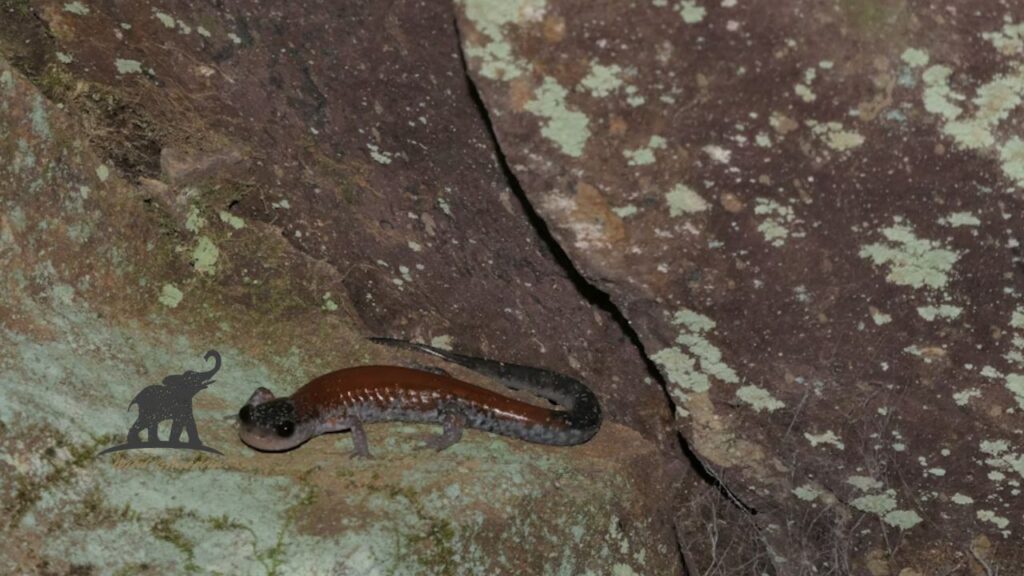
Habitat and Distribution
Where Do Cave Salamanders Live?
Cave salamanders are typically found in North American caves, particularly in states like Tennessee, Kentucky, and Texas, where the caves are cool and moist. Additionally, they live in springs, subterranean streams, and other systems. The Texas cave salamander, for instance, is uniquely suited to the Edwards Aquifer region. The eastern United States is home to its cousin, the Tennessee cave salamander.
Are All Cave Salamanders Aquatic?
Many cave salamanders live their entire lives in water and rely on damp environments for survival. Others venture to terrestrial areas near water sources.
Diet and Survival Strategies
What Do Cave Salamanders Eat?
The diet of cave salamanders consists primarily of small invertebrates, such as:
- Beetles
- Crickets
- Worms
- Spiders
It’s interesting that they don’t eat their prey. Instead, they use a sticky, projectile tongue to capture and consume food quickly.
How Do Cave Salamanders Eat Without Sight?
Blind cave salamanders rely on their acute sense of smell and ability to detect the subtle vibrations of moving prey. Their long tongues allow them to snatch food from short distances.
Conservation Status and Challenges
Are Cave Salamanders Endangered?
While not all cave salamanders are threatened with extinction, some species, like the Texas cave salamander, do. Their populations have been severely impacted by pollution and habitat destruction as a result of urbanization. Additionally, the isolation of their habitats makes them particularly susceptible to environmental changes.
Why Is the Tennessee Cave Salamander Endangered?
Due to habitat changes and water pollution, the Tennessee cave salamander, for instance, is listed as “Near Threatened.” The survival of these fragile ecosystems depends on protecting them.
How Many Texas Cave Salamanders Are There?
Due to their elusive and underground lifestyles, exact numbers are difficult to estimate. But their population has gone down a lot, and conservationists are worried.
FAQs About Cave Salamanders
1: Are cave salamanders poisonous?
No, cave salamanders are not poisonous and pose no threat to humans.
2: What eats cave salamanders?
Natural predators include larger amphibians, small mammals, and birds near cave entrances.
3: How long do cave salamanders live?
Cave salamanders typically live 10–15 years in the wild, but some species may live longer.
4: How many cave salamanders are left in the world?
Population numbers vary widely by species and location, with some species critically endangered.
5: Why are cave salamanders blind?
They evolved blindness due to their adaptation to life in complete darkness, making eyesight unnecessary.
Final Thoughts
The tale of the cave salamander is one of perseverance and adaptation. These creatures have mastered the art of survival in one of nature’s most extreme environments, despite their fragile appearance. Preserving the delicate ecosystems that support their existence is part of their protection. Keep an eye—or a blind eye—out for these remarkable amphibians the next time you enter a cave.
Admin Recommendation
Cottonmouth Snakes in North Carolina (NC): Key Facts
The Fascinating World of Arctic Fox Fur
Experience the Majesty of Elk and Bison Prairie, KY
Cottonmouth Snakes in North Carolina (NC): Key Facts
Bald Eagle Spiritual Meaning: A Guide to Symbolism and Significance
The Appealing Charm of Ragdoll Kittens
Where to Find Arctic Fox Fur in AC Valhalla
The Barbados Threadsnake: Unveiling the World’s Smallest Snake
American Eskimo Dog: A Comprehensive Guide to This Charming Breed
Discovering Acadia National Park Wildlife
Spotted Salamanders: Nature’s Hidden Gems
Baby American Crocodile: Fascinating Facts About The Next Generation
The Fascinating World of the Albino Wild Turkey
American Bulldog puppies: Full of life, loveable and loyal
Baffin Polar Bear: A Journey into the Arctic’s White Majesty
NC Copperhead Snake: A Comprehensive Guide
Mojave Desert Rattlesnake—A Deadly Beauty of the Southwest
Mourning Dove Lifespan, Care, and Diet Guide
Arroyo Toad: A Guide to This Endangered Amphibian

